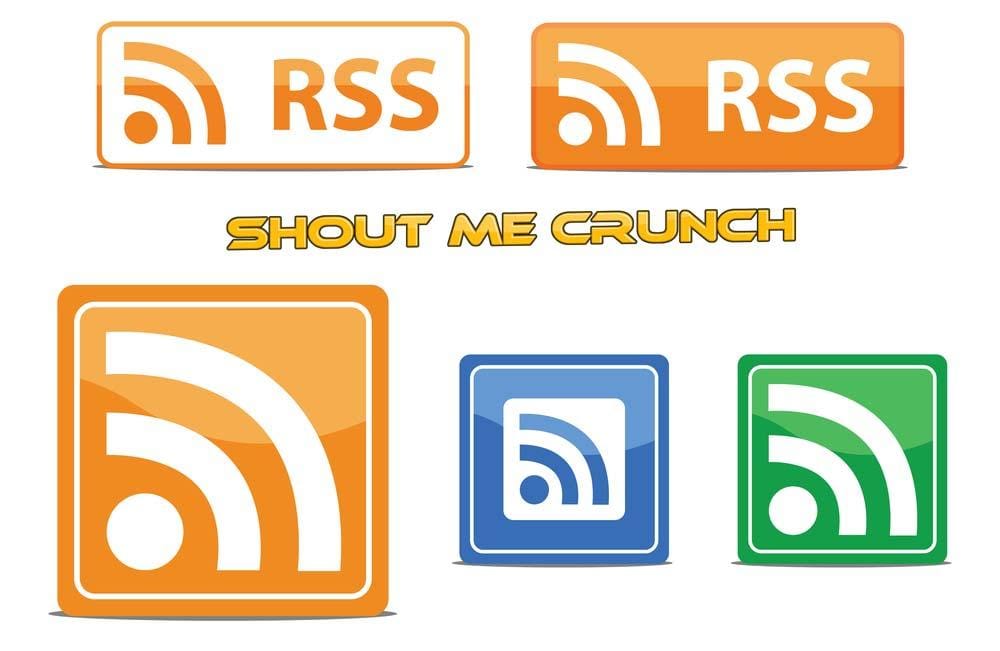
You may have seen the term “RSS Feed” in articles. Some people like receiving RSS Feeds . . . but if you have never used them, then you are probably thinking: “What are they talking about?”
An RSS Feed is
To begin, you may hear different terms: “Feed” or “RSS Feed”. RSS stands for Really Simple Syndication. Let’s start off and get an idea of what an RSS Feed is.
An RSS Feed is as a tool we can use to tell people we have NEW blog posts. The keyword is NEW. We are notifying people of our new posts. Another way to think about
Feeds:
when people subscribe to a newspaper or a magazine, they get the latest information physically delivered to them. With a blog, they can also subscribe but will receive the updates via the internet.
How do we create an RSS Feed? We already have one. WordPress created one for us — even though we may not know it.

How do people receive our RSS Feeds/blog updates
People can receive our blog updates via email or from an RSS Reader.
We are going to pause today in this MailChimp group of posts and look more at RSS Feeds. That is the post where we use MailChimp to create an RSS to an email campaign. This is what I said back then:
“RSS to email” or “RSS-Driven Campaign” is when MailChimp grabs our new post info –grabs them from our RSS Feed – and then sends an email listing these new posts to each of our subscribers.
This is my favorite RSS method because, I think, emailing gives a little more personal connection.
RSS Reader
But there is also a second method for using our RSS Feed. The other way for people to access our Feed is to use an RSS Reader. Subscribers can use an RSS Reader to get blog updates that they have subscribed to from us and others. This is what we are going to talk about in this post. Let’s go through the steps to allow our followers to use RSS Readers to receive our RSS Feed.
More About our RSS Feed
Whether we use MailChimp or hotmail.com to send emails for us by grabbing our RSS Feed or we want to allow our posts to be read through an RSS Reader, the main point is that the RSS Feed is the critical source. One time my Feed wasn’t working . . . and you guessed it. MailChimp didn’t send anything out.
WordPress has already created an RSS Feed for us and the website address is our URL/feed.
But . . . and here’s the But . . . the feed looks like code. MailChimp takes cares of this problem for us when we use them, but we need to take steps ourselves to make it ready for an RSS Reader. To make it prettier and more readable to those who have RSS Readers, we can head over to Feedburner (by Google). By the way, Feedburner is FREE.
Using Feedburner
Feedburner will provide a redirect URL address. This means that subscribers without knowing it will go from our WordPress RSS Feed to the prettier Feedburner feed. Here are the steps:
- Go to Feedburner.
- Sign in with our Google account.
- Yes, we need Google once again. Feedburner is actually Google Feedburner.
- Type in our feed address after the statement “Burn a feed right this instant.
- We should get the message: “The original blog or feed address you entered has been verified”.
- The feed title and address is then entered for us:
- Feed title: This will be our website title.
- com will show up in the box for me.
- Feed address: this will be our Feedburner address. We can change it if we want to.
- Feed title: This will be our website title.
- We should get a message: “Congrats! Your Feedburner feed is now live”.This is also where they officially state the name of our Feedburner address.
- We can now choose to Skip directly to feed management.
We now have a “pretty” RSS Feed and visitors can subscribe by using an RSS Reader. But we need a few more things . . .
Leave a Reply